‘Is it a proper Lotus?’ It is a question that is difficult to answer because the Eletre R is the first Lotus to be sold here. We have had a go at answering any other questions one may have about it, though.
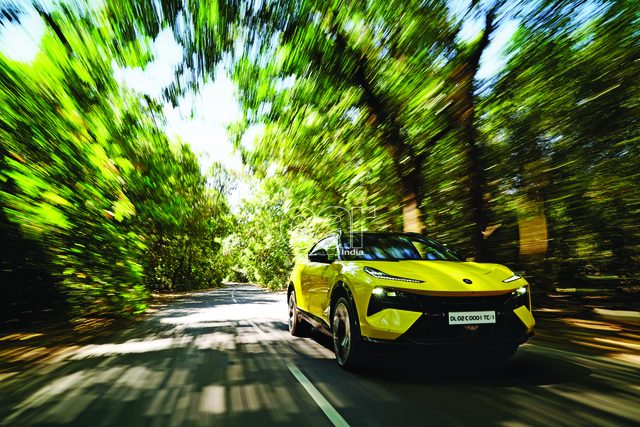
They say that if you do something for long enough, you can predict what will happen next. Maybe, it has not been long enough for me because I never thought small-volume sports car manufacturer, Lotus, would ever come to India, but they did. Although they did not bring any of their sports cars, their first offering for us is a sport utility vehicle (SUV). It is electric and they call it the “Eletre R”. In the days when Colin Chapman was still in office, “electric” and “SUV” may have been used in the same sentence exclusively for jokes but today it is a segment where every manufacturer has a champion and here is how the “future-proof” Eletre fared in our conditions.
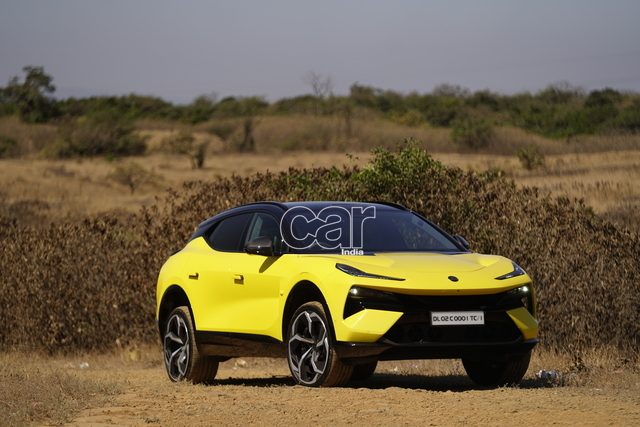
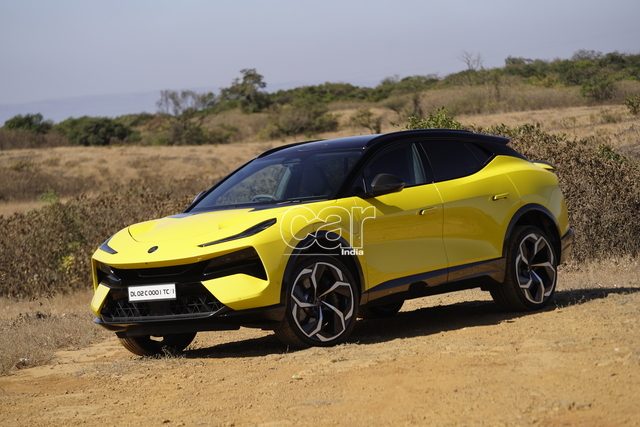
To my mind, Lotus are synonymous with shapes that toe the fine line between sleek and sharp. If one looks at it for long enough, it is easy to see exactly how the car splits the air when it starts moving. I am glad to say that characteristic is present in the Eletre, too, but if Lotus were pedantic about aerodynamics before, they are surgical about it now. That explains why it looks nothing like its brethren. If you were to look at some part or curve or element on the exterior of the car and wonder why it is or how it is, the answer is most probably “aerodynamics”. The emblem on the bonnet sits flush with the bodywork and so do the door-handles. Like the Evija, the Eletre’s design can also be described as porous because air is split and sent around, under, and even through the car.

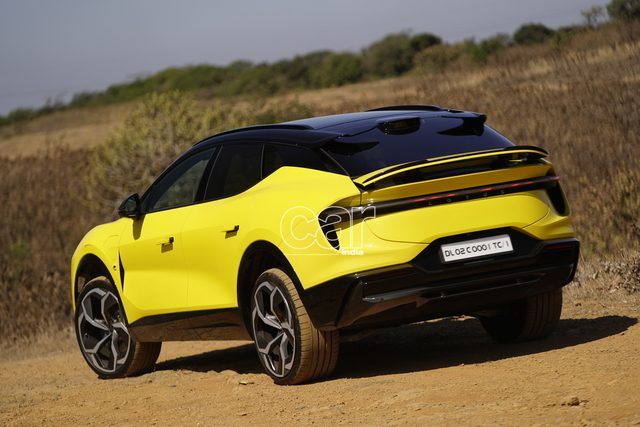
With a shape like that, it is difficult to call it an SUV even though it is the first-ever for Lotus. “Crossover” sounds more apt and the Eletre is among the largest of those. It is a little more than five metres long, wider than two metres, and, unless one stands taller than 1.7 metres, there is no chance of seeing its rooftop. This particular car runs gorgeous 23-inch wheels and even if one were to choose 22-inch units, they would still get 194 millimetres of ground clearance. Interestingly, it is also available with pragmatic 20-inch wheels but then it rides closer to the ground by seven millimetres.

Not only is the Eletre the Sino-British marque’s first-ever five-door car, it also features their most luxurious interior yet. The benefits of being developed from ground up as an electric car are strikingly evident due to the sheer amount of space on offer inside the cabin. All passengers have ample room and are spoiled by an impressive selection of premium material, including alcantara and sustainably sourced textile. One could choose between a four-seater or five-seater model and I would wholeheartedly recommend the former. In addition to being as nicely contoured and supportive as the front seats, the ones in the second row also come equipped with ventilation and massage functions. Having a dedicated nine-inch touchscreen helps too.
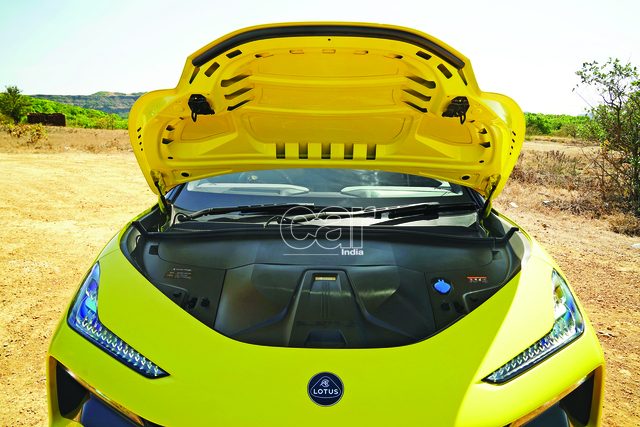
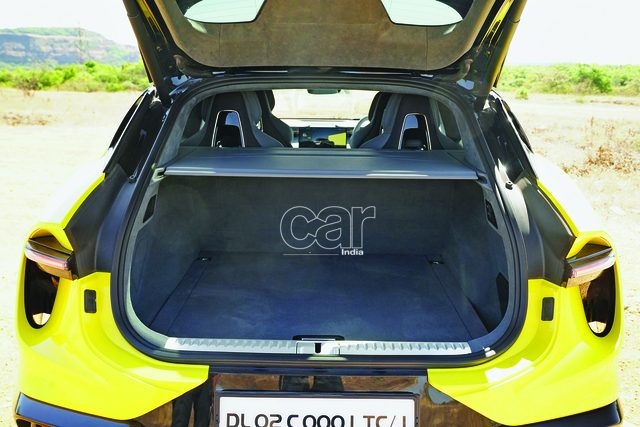
Infotainment and most of the car’s functions are managed through a slim 15.1-inch touchscreen while a KEF sound system handles audio needs in high quality. The front passenger also gets a screen for some reason. In any seat, one would describe the Eletre as luxurious but the driver’s seat offers the sporty element we expect of the British marque. The steering wheel is a racy, flat-bottomed unit that is reassuring to hold and would have been perfect if it had three spokes instead of two. The driver’s console is a thin no-nonsense unit that displays only the bare essentials, just as it should be. For more information, one could switch on the head-up display.
Hidden away from view are dual motors, one for each axle. In the R model, they develop a combined output of 918 hp and 985 Nm. While the motor at the front is common to all models of the Eletre, only the R gets one with a two-speed transmission at the rear. It gives this behemoth mind-warping initial acceleration (0-100 km/h in 2.95 seconds) and the ability to reach a top speed of 265 km/h (claimed) with the second ratio kicking in past 130 km/h (approximate). Power is sent to all four wheels—another first for Lotus—and torque vectoring is standard.
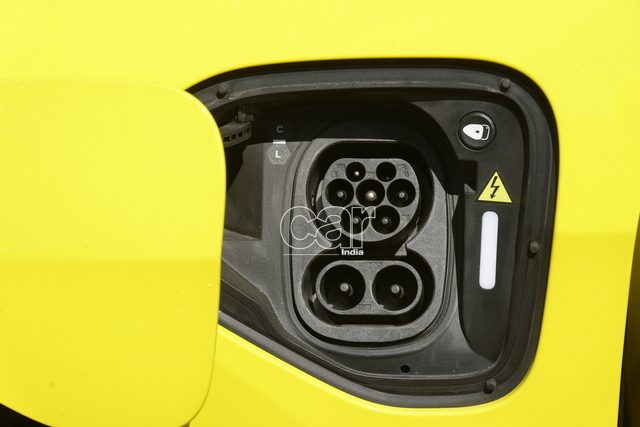
Juice for all this effort comes from a 112-kWh battery that promises 490 kilometres of range from a single charge. Charging itself is fairly quick, too, when connected to a 350-kW DC fast-charger—10 to 80 per cent in 20 minutes. However, 5.8 hours are needed to charge from 0 to 100 per cent using a 22-kW AC charger.
Having never driven a Lotus before, I cannot comment on how “Lotus” the Eletre is but it was an experience I will not forget anytime soon. Track mode was the most visceral. Every form of driver input was at its most sensitive. It was so demanding that the automatic vents in the front bumper stayed open to cool the battery and brakes. With the accelerator floored, torque was delivered instantly and the Eletre R took off like the Road Runner. I was immediately thankful for the seat that held me snugly in place and the accurate steering, which is an electro-mechanical set-up, another first for the manufacturer. The car runs at its lowest in track mode with the suspension at its most unforgiving, which, when combined with low-profile tyres, is not the best combination for our poor roads. So, I spent most of my time in Tour or Sport.
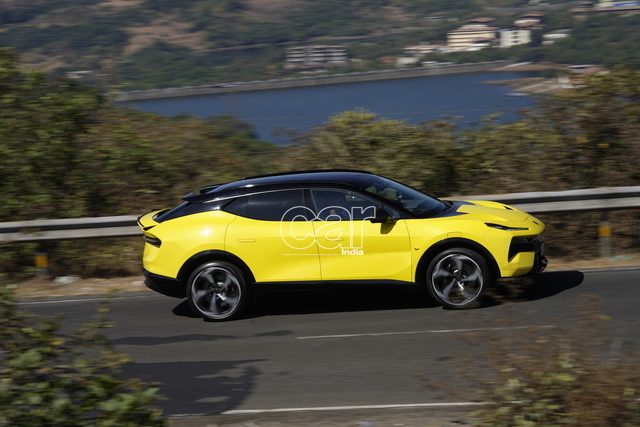
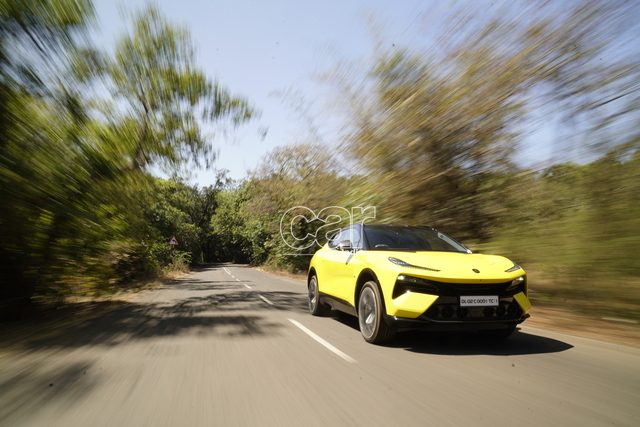
Before that, you must know that the Eletre comes with two-level air suspension as standard which allows multiple options for ride height. It adjusts the damping rate up to 500 times per second and each wheel has multi-link suspension. Simply put, that means superb ride quality considering it is equipped with low-profile tyres. It is best experienced in Tour mode where the throttle response is gentle and the steering is effortless. In Sport, things are closer to Track mode and it is the best one to experience this Lotus’ handling on our roads.
The heaviest parts of the car are placed as low as possible and a generous use of aluminium has minimized the weight in the upper half of the Eletre, keeping the centre of gravity as close to the ground as possible. Even so, just like most EVs, the 2.6-tonne bulk is evident in this one too.
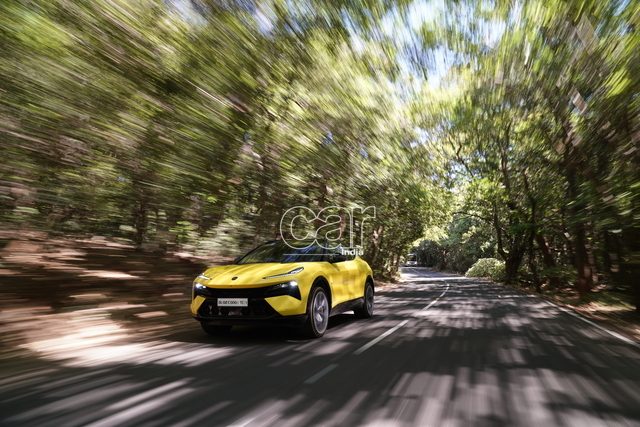
Once I got used to that, it was easy to appreciate the level of grip the Eletre had around corners thanks to all-wheel drive and faultless Pirelli P Zero rubber. The suspension kept the wheels loaded nicely and there was never really any moment of instability even at a good clip. Lotus made the right move by equipping it with rear-wheel steering, too (another first); a boon around fast curves and a must-have in town. I was able to execute three-point turns on narrow roads with almost no effort. Off-road mode raises the car to its maximum height and could be useful for notorious speed-breakers and the like but on 23-inch wheels, its actual off-road ability is limited. Other modes include Range and Individual.
Lotus claim Level Four ADAS functionality thanks to top-shelf equipment, including four deployable LIDAR, six radars, seven cameras, and 12 ultrasonic sensors.

Lotus ownership changed hands a few times after the demise of founder, Colin Chapman and today it is mainly owned by the Chinese multi-national, Geely. The Eletre was a combined effort of their facilities in the United Kingdom, Germany, and China. This car has many firsts for a manufacturer who has earned a reputation for building light sports cars with hallowed handling.
It is a huge investment for their future and an ambitious step towards the large-volume market. ‘Is it a proper Lotus?’ is a question only very few people in India can answer but as a performance-oriented electric car, the Eletre R delivers on all fronts. It even justifies its Rs 2.99-crore (ex-showroom) price tag because the cabin is as luxurious as its ICE peers in that segment.
Watch the video review:
Also read: Hyundai Creta N Line Review





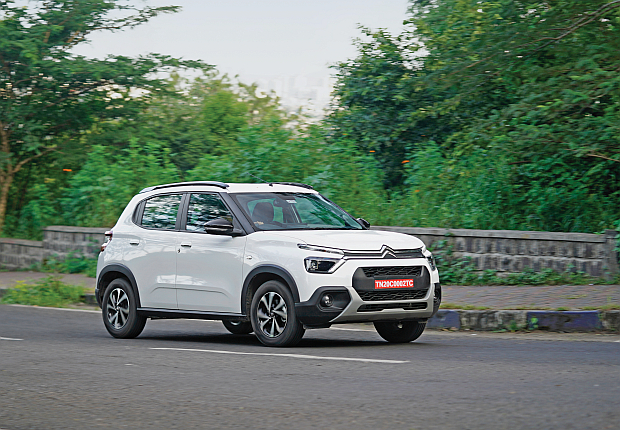


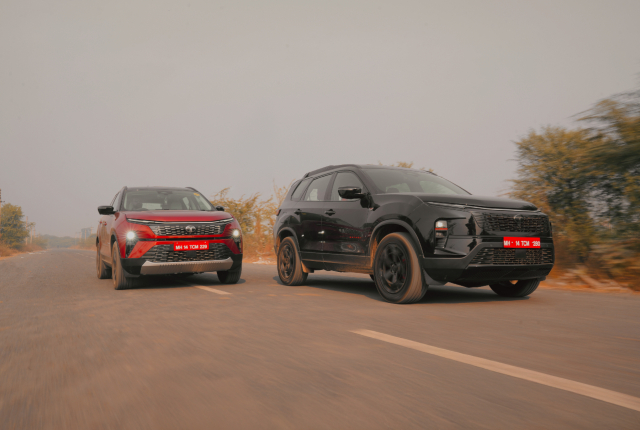
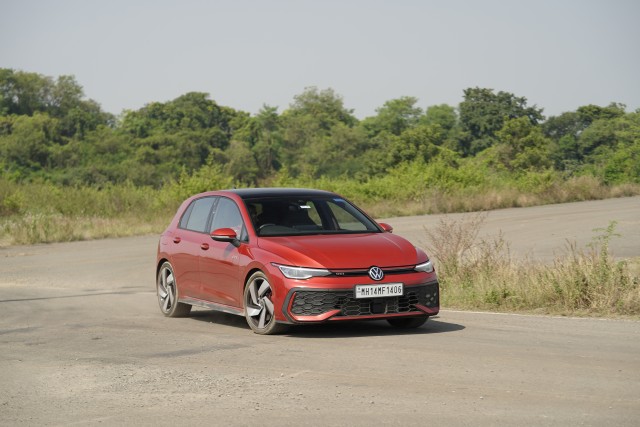









Leave a Reply